How to germinate walnut chestnuts at home?
The idea of growing a chestnut from a nut will come in handy for those who have decided to plant this tree in their area. To do this, you will need to collect several fruits in the fall, save them until spring, and then germinate. A little later, the seedlings are transplanted into open ground. After 5 years, the seedling will reach 1.5 meters in height, and at the age of ten it will begin to form a voluminous crown. Already in the 7-8th year after planting, you can get tasty and healthy fruits from the chestnut.
Fruit selection
Chestnut seedlings sold in nurseries are not cheap, it is better to put some effort and grow this tree from a nut yourself. Not all varieties are suitable for home planting.
In nature, about 30 species of chestnut grow, but only a few can be grown in an apartment:
- Chinese softest;
- sowing;
- Japanese.
Fruits of all 3 types are edible. The Japanese chestnut begins to bear fruit earlier than others, it gives nuts in the third year. It should be noted that planting such a tree is only suitable for large areas in the suburban area. In urban areas, the chestnut draws harmful compounds from the air, it will not be possible to eat its fruits.
The crown of an adult specimen gives a dense shadow, and the superficial root system will not allow growing anything within a radius of several meters. The ideal solution would be to plant a chestnut in a recreation area. It will be very pleasant to sit in its shade during the summer heat.
Only fallen nuts are suitable for germination, they are fully ripe. In order to get 1–2 seedlings, you should select 5–6 sufficiently firm, even fruit without signs of damage. Not all of them will be able to germinate later. But even if you manage to get the plants from all the chestnuts, which was not planned, you can distribute them to your familiar summer residents.
Preparing the nut for planting
At home, in the spring, they germinate nuts collected in the fall. If stored at room temperature, they can dry out and become unserviceable. It is best to use a damp sand box to store nuts in a cold basement or refrigerator.
Experienced gardeners claim that the fruits of an edible chestnut are perfectly stored if they are buried together with a container for the winter in open ground. With this method, the planting material undergoes natural stratification. You need to get the nuts a week before planting.
Planting work is carried out in early March. The nuts are pre-soaked for 5 days. This procedure is needed to soften the hard shell. The water needs to be changed from time to time. Soaking awakens growth processes in the depths of the walnut.
How to plant a chestnut correctly?
During the soaking process, a white sprout will appear from the walnut - this serves as a signal to start planting.
It is advisable to plant chestnuts in the spring for several reasons:
- higher percentage of germination;
- active growth of seedlings;
- by winter, the plant will get strong enough.
You can germinate a nut in any soil. Planting containers must be individual, with a volume of 0.3–0.5 liters. The earth must be pre-moistened. The planting depth of the seed is 3-5 cm. This parameter must be observed. If you plant a nut deeper, it will not germinate; a shallow planting will cause it to dry out. Seedlings appear in 2-3 weeks. For the normal growth of seedlings, only natural light and watering are needed.
You can plant chestnuts in open ground at the end of May, when the weather is warm. Mature trees are unpretentious.Young seedlings need to be accustomed to outdoor conditions gradually. They are pre-quenched for 2 weeks, daily increasing the time spent outdoors.
Transfer to a permanent place
For planting chestnuts on the site, you need to choose a well-lit place with protection from the wind (otherwise the trunk will bend), but the seedlings should not be under the scorching sun rays all day.
The composition of the soil is not of fundamental importance, but it is better if it is black soil. If there are several seedlings, the distance between them should be at least 5 m, otherwise the trees will subsequently begin to oppress each other. Residential as well as outbuildings should be at the same distance.
Landing features:
- The planting hole should match the size of the root system of the young chestnut.
- The soil from the hole is mixed with river sand and humus in a 2: 1: 1 ratio. Clay is added to the sandy soil.
- If the soil is acidic, add half a liter jar of slaked lime into it.
- At the bottom of the planting pit, drainage is laid with a layer of 10 cm.It can be crushed stone, pebbles or sand. The procedure is mandatory when the water table is high.
- The drainage layer is sprinkled with soil and watered.
- Place the seedling vertically in the center of the hole and sprinkle it with earth. The planted chestnut must be spud to a height of 10-15 cm, as the soil will sag in the future.
After planting, the soil must be tamped and watered in several steps, waiting until the soil is saturated. This will help eliminate air pockets near the roots.
In order for the seedling to take root faster, an impromptu greenhouse can be installed over it for several days. If there is a threat of winds, it is necessary to install a peg as a support and tie a seedling to it.
Further care of the seedling
Until the seedlings get stronger, and this period will last for several years, they will need increased attention and care. Care activities are reduced to watering, feeding, protection from pests and diseases. It will also be necessary to regularly loosen and weed in the near-trunk circle, not allowing this area to be overgrown with weeds. The chestnut needs to form a crown and cover the first few winters from frost for the winter.
- Watering, fertilizing
Until autumn, a young tree is watered once a month, pouring a bucket of water into the trunk circle. If it rains, watering is temporarily stopped. Fragile roots can easily rot from excess moisture in the ground.
Every month, the soil is loosened, preventing the formation of a hard crust on its surface. Aeration of the roots promotes good growth. On heavy soil, loosening is carried out more often. The roots can grow so vigorously that they begin to bare. In this case, the chestnut must be hilled. Fertilizers are not applied in summer. The tree has enough nutrients that got into the soil along with humus during planting. Top dressing will be needed in the fall.
It will be necessary to apply mineral fertilizers for digging in granules (40-60 g of superphosphate and 25-30 g of potassium salt or autumn complex fertilizer according to the instructions) and additionally mulch the trunk circle with organic matter (compost, humus) with a layer of 8-10 cm to protect it from freezing. In the spring, the chestnut is fed by bringing in 2-3 kg of manure per 1 square meter. m or 25-30 g of urea in granules. Compost, humus and manure are not applied annually, but once every 3-4 years.
- Crown formation
They begin to form the crown of a young chestnut in the first year. When the lateral shoots growing outward reach a length of 25-30 cm, they are shortened in half. With the onset of the next spring, the upper branches are cut to 1/4 of the length, the side branches can no longer be touched. This procedure is repeated annually until the tree is at the desired height.
To form a skeleton, 5 branches of the 1st order are left on the tree. Pruning of the formed crown is not performed, sometimes in the middle of summer it is useful to remove thin thickening shoots. In the spring, only dried and damaged branches are cut.From time to time, the trunk is cleaned of unnecessary shoots.
Disease and pest control
In humid conditions (for example, due to a rainy summer), spots may appear on the chestnut leaves, indicating that it has been attacked by a fungus. Most often it is powdery mildew or anthracnose.
Fight against fungal diseases should be carried out with the help of fungicides, spraying the tree with them 3-5 times with a week break. Suitable for use are drugs such as 2% Bordeaux liquid, "Fundazol" in a dosage of 10 g of powder per 10 liters of water. For a small tree, 2 liters of solution is enough, an adult needs 5 liters.
Of the pests on chestnuts, bagworms, borers, and Japanese beetles parasitize. To destroy them, "Karbofos" is used (1 package of the drug weighing 60 g is consumed for 8 liters of water). To spray one tree, you will need 1.5–2 liters of solution.
Relatively recently, another dangerous pest has appeared - the chestnut or Balkan moth. The insect causes severe damage to chestnuts, damaging the leaves, which as a result fall off. The tree hibernates weak, so it can easily freeze out.
There are no effective remedies for chestnut moth yet, you need to use preventive measures, timely removing and burning leaves from infected trees.
Preparing for winter
Chestnut varieties with edible fruits are often planted in the southern regions, as they are thermophilic. An adult tree may not be covered in case of relatively warm winters, but young trees need mandatory shelter for the first 2-3 years.
To protect against frost, mulching of the trunk circle with compost is used. The trunk itself is wrapped in burlap for the winter. If, in a harsh winter, frost holes (deep cracks in the bark) appear on the tree, they must be covered with an antiseptic and treated with garden varnish.
Growing a new chestnut from a nut is not difficult. The tree will require special care only for the first 2-3 years of its life, but in the future it will become a real decoration of the site and will benefit in the form of useful fruits.
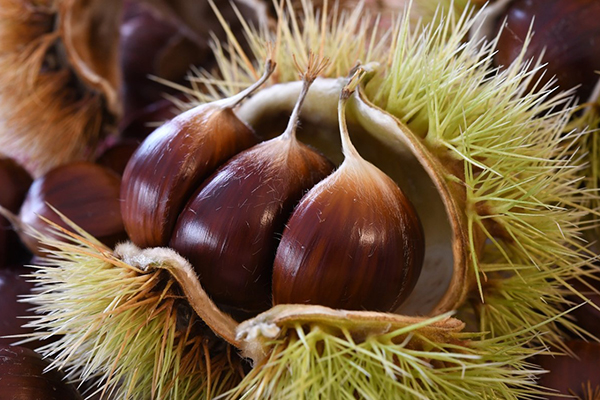
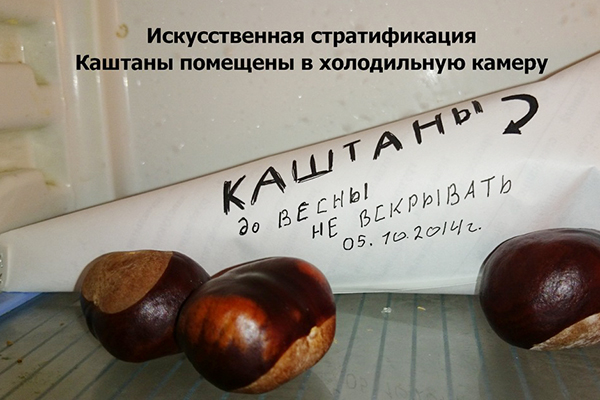
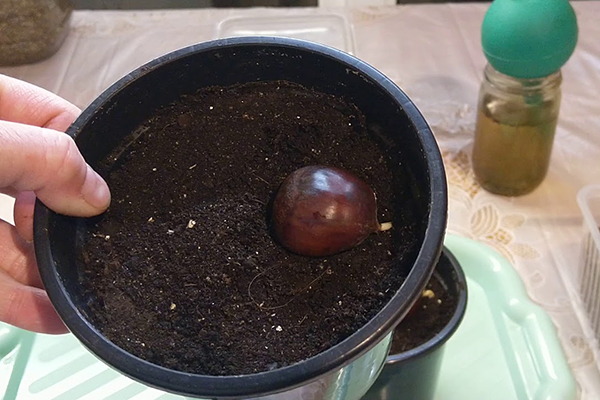
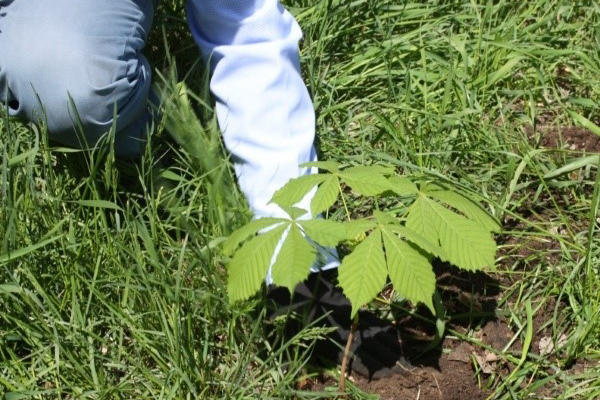
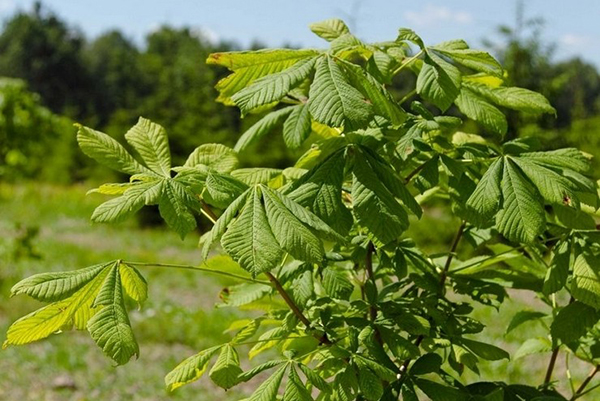
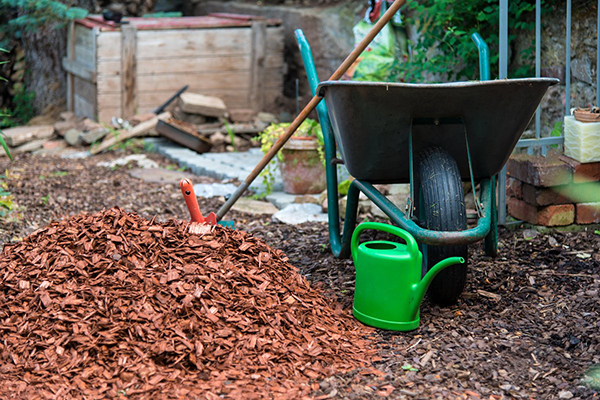
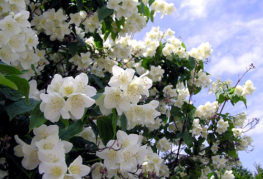
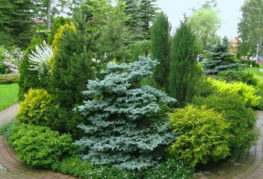

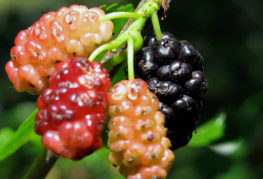
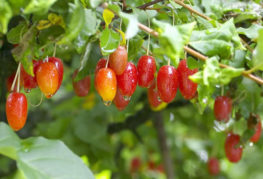
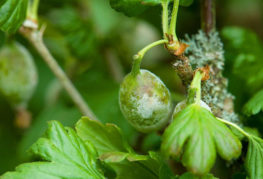
and will be published shortly.